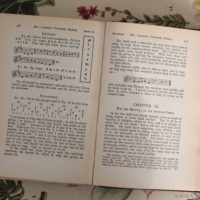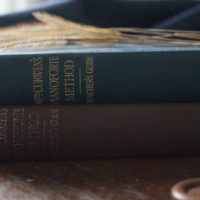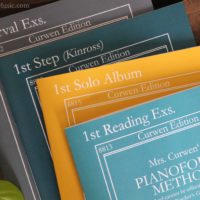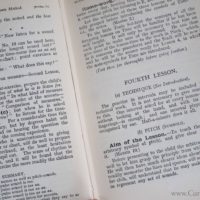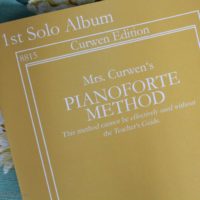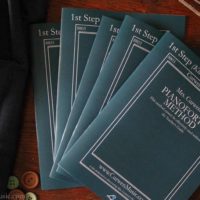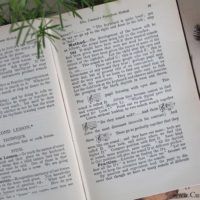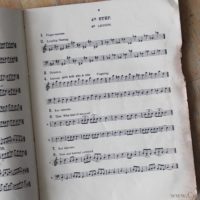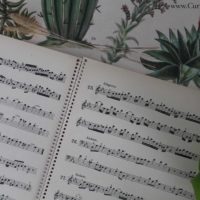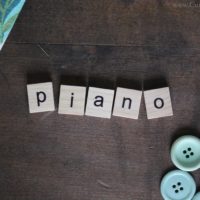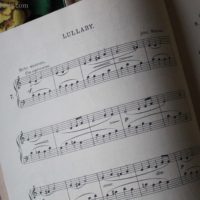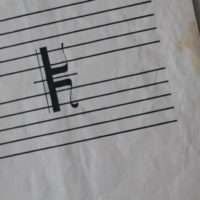Category Archives: Understanding Mrs. Curwen
How does Mrs. Curwen’s Method compare to other Piano Teaching Methods?
I am asked this question often: How does Mrs. Curwen’s method compare to other piano teaching methods?
I’ll answer this question as best as I can (in a somewhat generic sense). As you compare methods, feel free to graciously comment with your own thoughts and interpretations. I’m curious what you think as well!
What did Mrs. Curwen’s Students Practice for their Lessons?
What does ‘Technique’ mean at the start of the Preliminary Lessons chapters?
When reading Mrs. Curwen’s book, you will see that she has written (a) TECHNIQUE (See Introduction) at the beginning of the chapter for the fourth preliminary lesson. You’ll see technique listed in most of the preliminary lesson chapters.
What is she referring to? What technique related subjects should we be presenting to our students?
How to Use the 1st Solo Album
Mrs. Curwen often mentioned her desire for children to have music in front of them that is well written for their small hands. This 1st Solo Album is her compilation of pieces of music she felt suited the needs for children. They were pieces written simply for the beauty of music, yet they were written with children in mind.
Instructions for 1st Step, 1st Lesson
Scope and Sequence of Mrs. Curwen’s Preliminary Lessons
Can a Teacher Effectively use Mrs. Curwen’s Books without the Teacher’s Guide?
How did Mrs. Curwen Teach a Quarter Note?
What is so much harder about learning piano now than in 1910?
When it comes to studying Mrs. Curwen’s Method, I’ve spent the most time studying her beginner Preliminary Lessons. Most of my students are beginner students. Mrs. Curwen also mentions rather often that piano teachers make their greatest mistakes in their beginner lessons. I’m included in that group of piano teachers who made mistakes for so… Read More
When and How does Mrs. Curwen Introduce Key Signatures?
Remember, Mrs. Curwen always draws upon the known to teach the unknown. What does the child know?
The child knows the Sol-fa scale. The child usually can hear and sing doh, ray, me, fah, soh, lah, te, doh. They know what that should sound like. Let them choose a starting sound on the piano (a middle pitch that works for their range) and sing the scale.
What are Unbarred Sentences?
Unbarred sentences are simply lines of music without bar lines. The child has the responsibility to fill in the bar lines. If a child has any misunderstanding of time notation, this is yet another exercise put in place to bring that misunderstanding to light.
This is another thorough way that Mrs. Curwen tests the knowledge of time notation.
Why are there two different Composers for each Step?
What is a crotchet, minim, and a semibreve?
Why does Mrs. Curwen teach the C Clef? Is it necessary?
Mrs. Curwen wants children to read music. If they can read the notes on the staff, they can play the songs. If they can play songs, they’re going to continue playing. They’ll find satisfaction and joy in their progress. Much of this begins with reading the staff.
Mrs. Curwen wants the children to understand that the staff is continuous. We have the treble staff and the bass staff, but they are related to each other. We teach them together using the C Clef.

